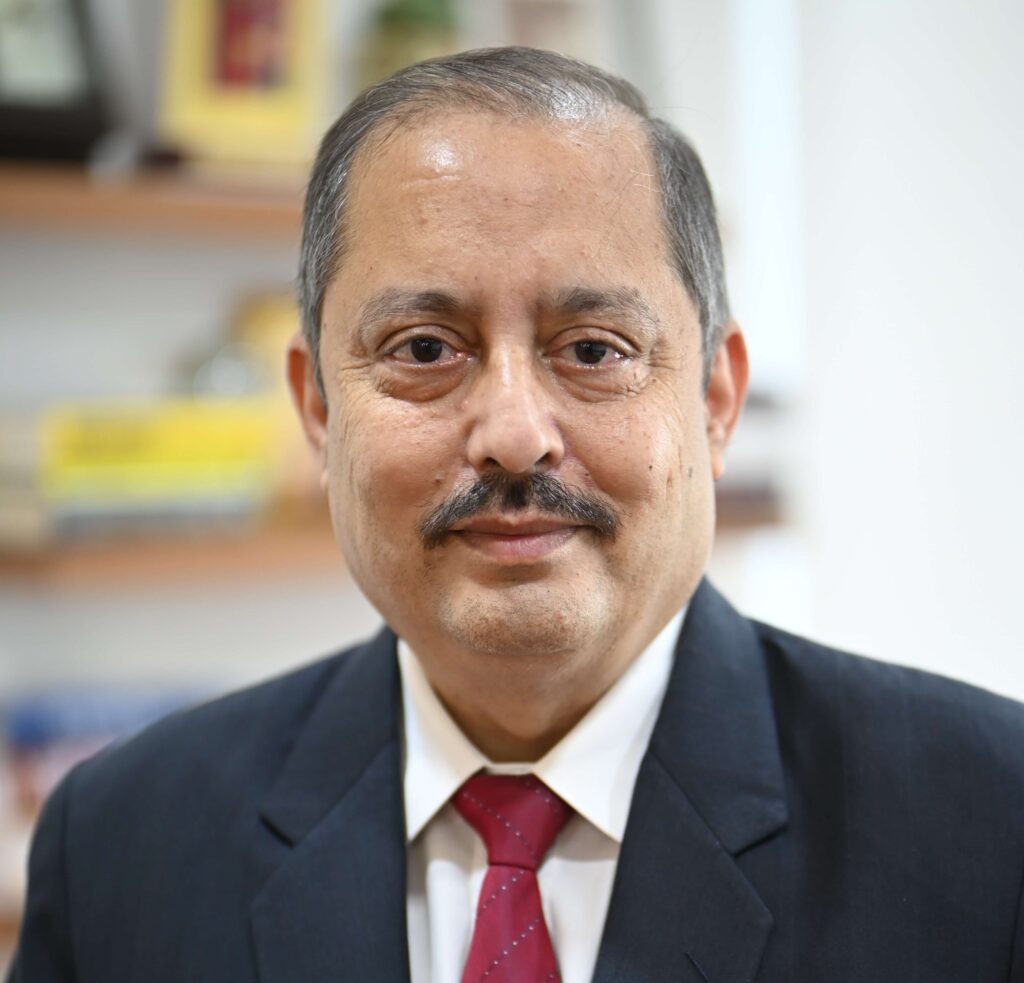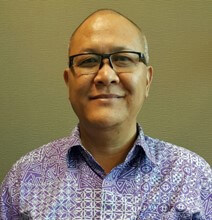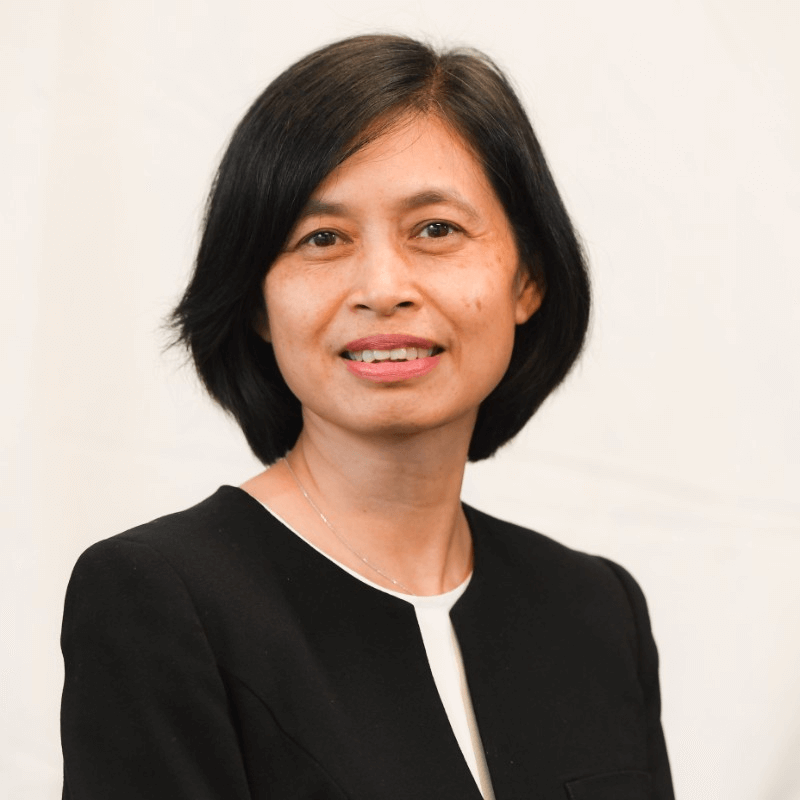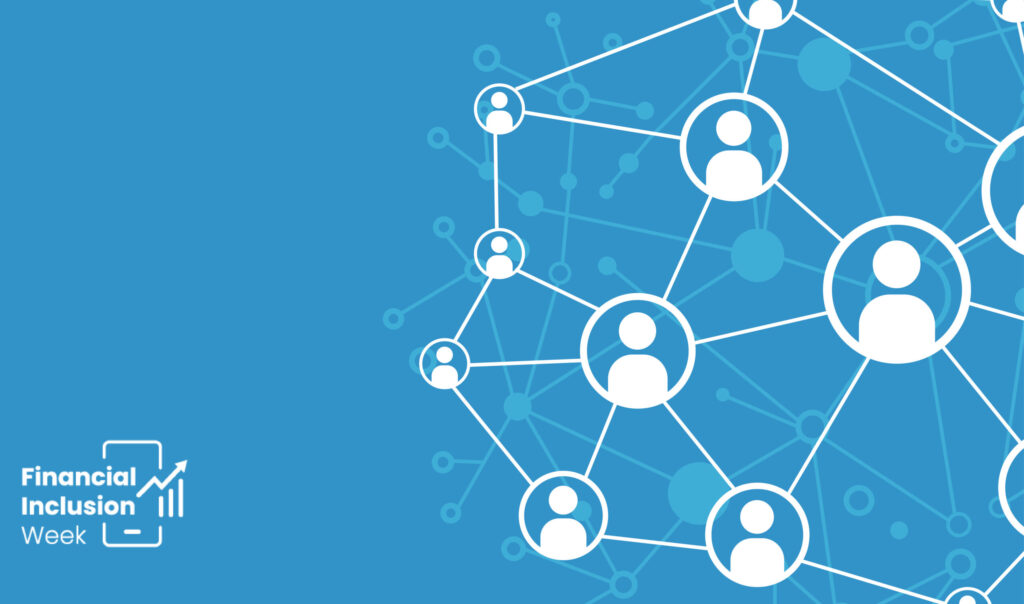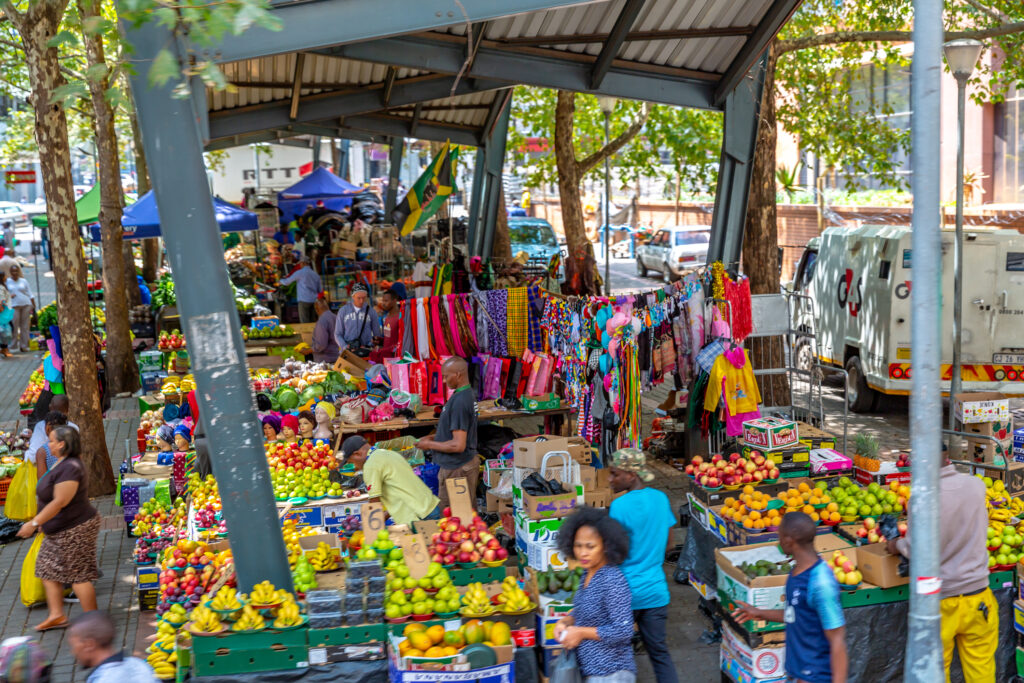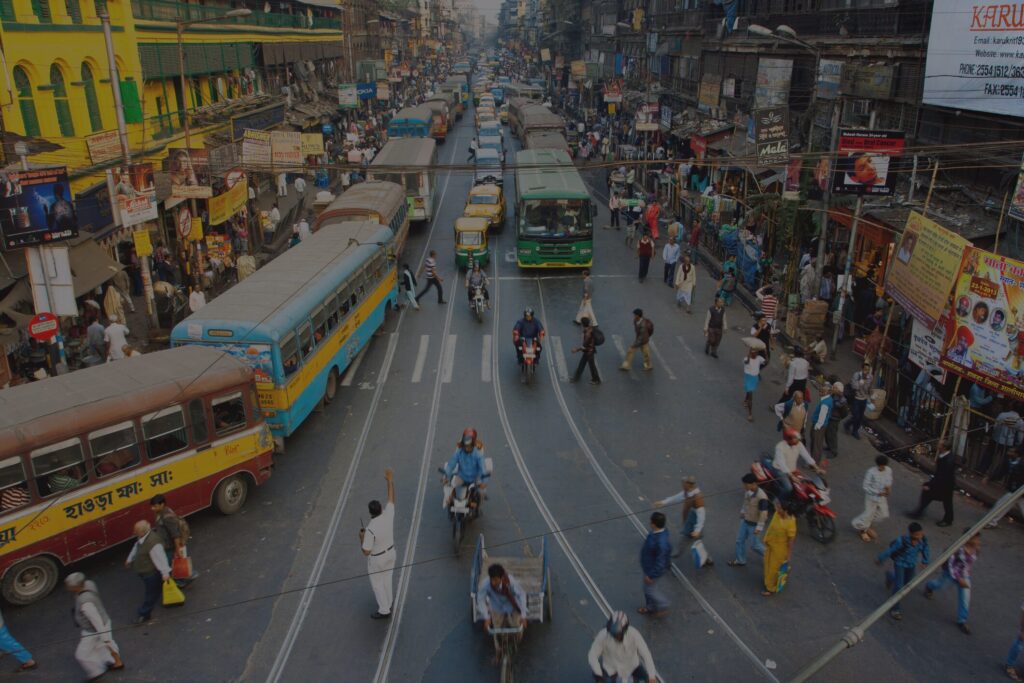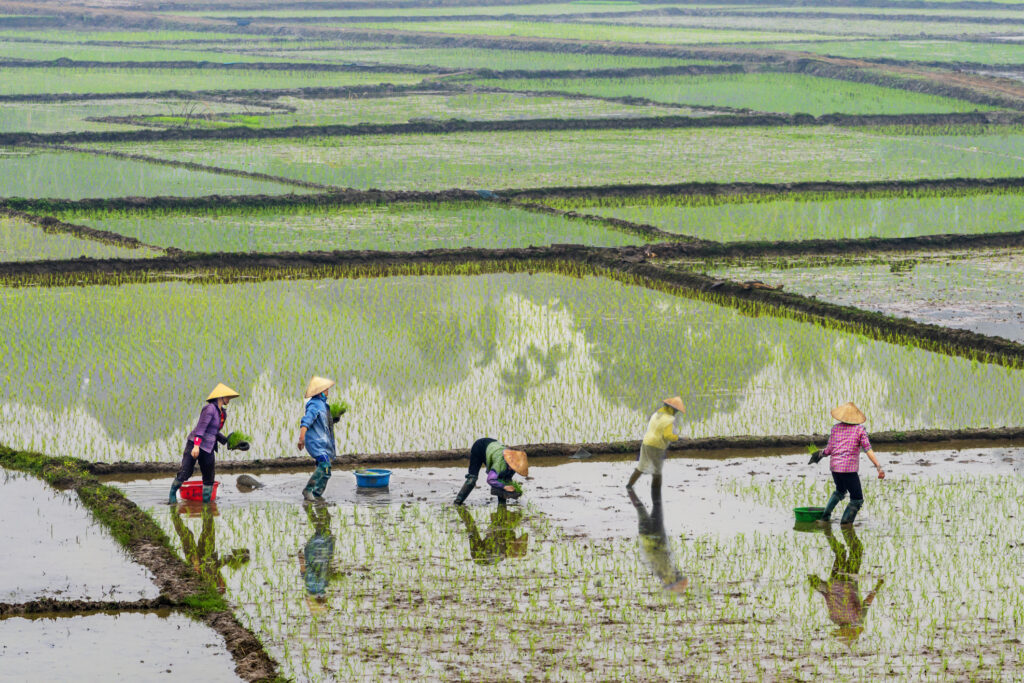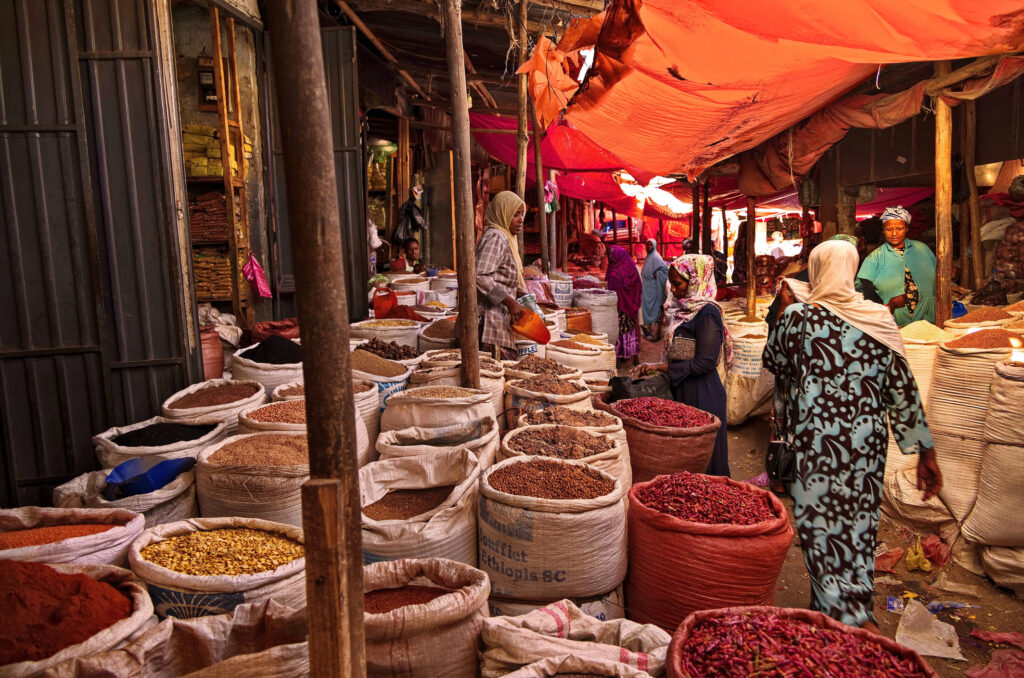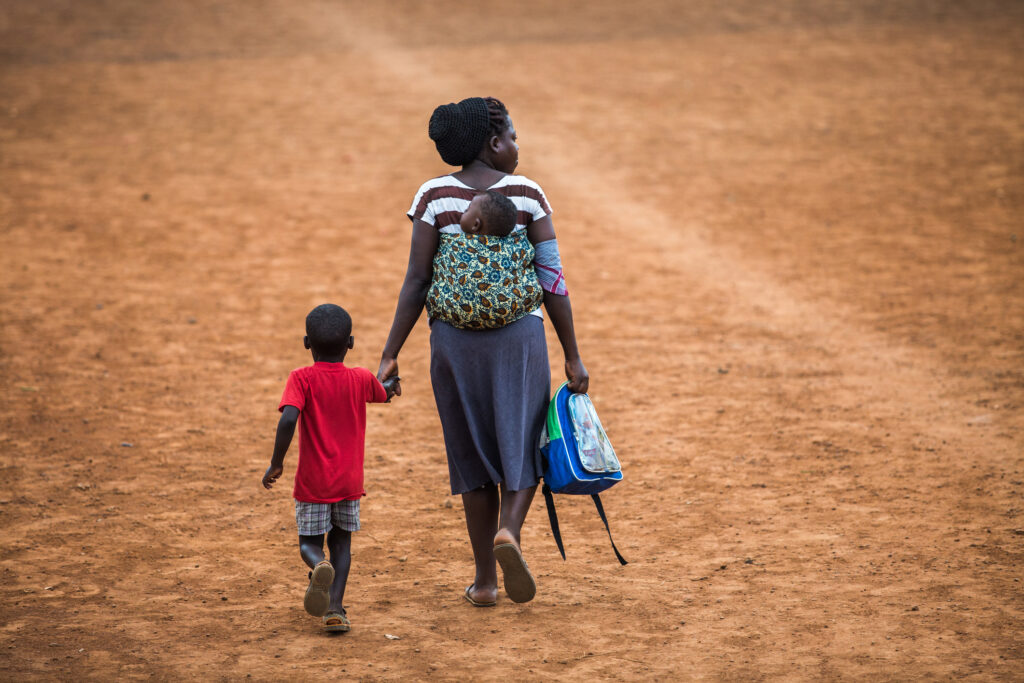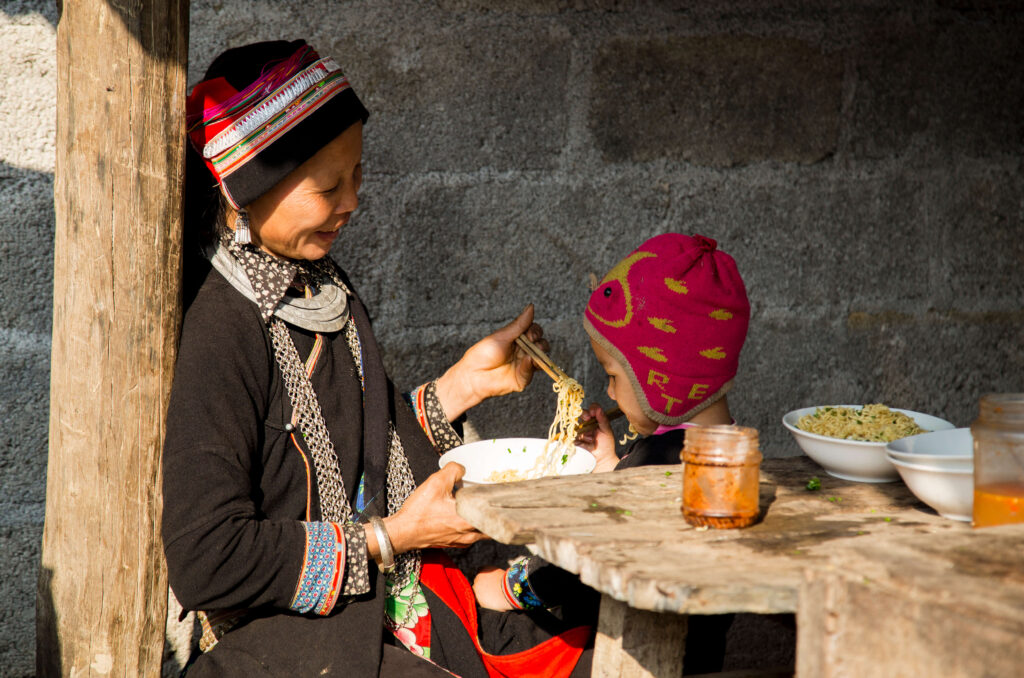
Throughout the COVID-19 pandemic, people, businesses, and governments across Asia were able to access a wide array of financial services, which proved to be a critical resource. Lockdowns accelerated the shift towards digital payments. Households relied on financial services to stay resilient, access their savings, pay bills, conduct their business, receive social payments, and pay government fees. Many financial institutions across Asia responded quickly to the socio-economic challenges facing their clients and their own institutional survival.
Perspectives and lessons learned from Asia, by far the largest regional market for inclusive financial services, were of central interest for about two dozen leaders of microfinance organizations, impact investors, and analysts from around the world who convened recently at a workshop hosted by Lehigh University’s Martindale Center to share views on how financial inclusion interacted with the socio-economic crises of the pandemic. The event built on the success of a previous similar workshop that resulted in the publication of The Future of Microfinance by Brookings Institution Press in 2020.
This blog post is excerpted from a more detailed policy brief.
Cross-regional Commonalities
Clients demonstrated agility and resiliency. However, recovery is uneven across Asia and globally. Many households face greater vulnerability, with the World Bank estimating 50 million to 200 million people falling back into poverty of less than $2 per day. Research by FINCA International shows that 50 percent of their clients skipped meals to cope.
Discussion among workshop participants identified several cross-cutting takeaways from the Asian financial institutions that successfully helped their clients weather the pandemic.
Product offerings that support consumers:
- Financial service providers (FSPs) that focused on their clients and tailored solutions rebounded faster. This required dynamic leadership, team cohesion, quick decisions, and clear communications to adapt to fast-changing realities.
- FSPs offering diverse ranges of services—especially payments, deposits, loans, and in some cases insurance—fared better.
- Lockdowns accelerated digital financial services. Digital payments provided lifelines for buying and selling essential goods and services. In parallel, combining physical and digital outreach enabled FSPs to engage with clients, monitor lending and liquidity, and manage costs.
- Despite predictions that households would deplete savings, in some countries deposit levels stabilized and even increased while remittances and government-to-person payments increased.
- Embedded finance—e.g., lending for agricultural value chains, wholesale-retail businesses, consumer purchases, and elsewhere throughout the supply chain—is resilient and growing.
Managing funding:
- Managing liquidity and avoiding over lending were critical for FSPs to stay solvent. Deposit-taking institutions proved more resilient, with deeper liquidity. Recognizing the threat, multiple central banks and governments provided liquidity measures across Asia and the Pacific.
- International investors and lenders restructured funding and provided new lines of credit or equity infusions to their FSP partners in the region, easing liquidity constraints.
Role of government:
- Across the region, central banks and governments played key roles. Successful interventions include liquidity programs for banks and clients, expanded government-to-person payments, consumer protection and data privacy measures, loan restructuring, and fraud prevention especially for the growing online lending sector.
Perspectives from China
Micro, small, and medium-sized enterprises (MSMEs), especially in services, were hit hardest by lockdowns in China, resulting in bankruptcies and job losses. The government supported MSMEs mainly via tax reduction and financial regulators directing Chinese banks to increase lending to MSMEs. According to the People’s Bank of China, as of May 2022, MSME lending grew 20 percent year-on-year for 24 consecutive months from April 2020.
However, expansion by Chinese banks might have a devastating effect on traditional non-banking lenders to MSMEs, including microfinance institutions (MFIs). With non-bank lenders’ costs of funding (around 6–7 percent annually) higher than banks (averaging 5.24 percent in April 2022) they will struggle to compete and become more vulnerable to shocks. Already, many non-bank lenders are confronting governance issues and rising non-performing loans. As government policies on MSME lending ease with pandemic recovery, banks are expected to slash MSME lending.
Banks withdrawing and non-bank lenders being more vulnerable portends a looming credit crunch. Institutional reforms for struggling FSPs, including upgrading fintech capacity, will be crucial to maintain a competitive MSME financing market. In parallel, support could include subsidies directed towards MSMEs and their employees, and extending low cost on-lending from China’s central bank for agricultural and MSME financing to non-banking financial institutions.
Recovering from the pandemic, China is well placed to continue impressive financial inclusion growth given rapid development of internet infrastructure, expanding use of big data, and widespread adoption of new credit risk models incorporating broader sets of factors in lending decisions. Combining online and offline client interaction can be a potent strategy to reach MSME clients, especially in remote or rural areas. Further, insurance could be expanded, as could value chain financing, given the growth of the agriculture sector and consumer food value chains.
Perspectives from India
In India, evidence points to precipitous loss of income, depletion of savings, increasing indebtedness, and difficult coping strategies that may bring millions back to poverty. The public sector led the crisis response; both the Reserve Bank of India (RBI) and the government undertook critical actions, mitigating damage to MFIs, their clients, and the economy. Examples include RBI’s swift injection of new liquidity, rules to restructure loans and ease provisioning requirements, and a moratorium on loan repayments and interest payments.
Even so, loan repayments faltered, creating liquidity issues, particularly for non-bank MFIs (NBFC-MFIs) that did not receive moratorium on their own loans from lenders. A survey of Microfinance Institutions Network (MFIN) members in June 2021 found that just over a third of NBFC-MFIs received moratoriums. In response, the RBI and other government entities issued new lines of credit, guarantee programs, and other financial support, often designed in close collaboration with finance sector organizations like MFIN.
Nonetheless, MFIs faced daunting, even existential, challenges: operating amidst lockdowns and sustaining connections with customers; ensuring employee safety; managing liquidity to cover operational costs and debt obligations; and accelerating use of mobile phones and digital payments. MFIs also combatted misinformation on social media and scaled-up mechanisms to respond to client queries and grievances. Many supported customers with emergency aid for health, food, and essential supplies.
By March 2022, as the crisis eased, the RBI opened a new chapter and revised regulations. Now, all entities doing microfinance lending—whether bank or NBFC-MFI—will operate under similar regulation, a welcome shift from micro-rules to principles-based policy. Key pillars include a debt repayment threshold at 50 percent of client income, pricing deregulation, and enhanced client protection. Building on resilience demonstrated during the pandemic and efficiency from expanded digital processing, the sector is well positioned. MFIs currently serve approximately 60 million people; the estimated inclusive finance market across India is 221 million people. The sector needs to expand responsibly in areas hitherto underserved due to earlier rigid price controls, launch innovative products, and demonstrate clear impact.
Perspectives from Indonesia
The range of inclusive FSPs in Indonesia is diverse and includes banks, rural banks, non-bank financial institutions (NBFI), cooperatives, and other community-based lenders; each segment operates under specialized laws and regulations. The sector is distinguished by following both conventional and Islamic-based principles (sharia).
Pandemic-induced increases in non-performing loans and in costs of loan reserves, exacerbated by depositors withdrawing funds for household needs and emergency spending, fueled dire shortages of cashflow and liquidity—particularly for smaller and rural institutions. Management and staff were deeply affected and risked their own safety in working and providing services to clients.
FSPs struggled to manage loan collections. In some cases, clients faced surprise late payment penalties, coercive collections, improper collateral seizure, and other behavior that put clients at risk. Women experienced greater challenges. Rising domestic and homeschooling responsibilities during the lockdowns meant less time for their businesses. Some MSMEs adopted new business models such online marketing and transactions and/or adding health-related products in high demand during the pandemic. However, many businesses failed and people migrated from cities back to home villages, seeking lower costs of living and job alternatives in the (less-affected) agricultural sector.
Of note, during the pandemic, cross-border online lending platforms increased activity in Indonesia, despite being illegal and unregulated. These platforms provide quick cash but charge very high prices, and many of the more serious consumer harassment cases have been tied to them. Belatedly, the national police started taking action to curb illegal online lenders.
In response to these challenges, the Indonesian government introduced low-income household safety nets including direct cash transfers, non-monetary grants and subsidies, new regulations on FSP loan rescheduling, and liquidity support for businesses via new or expanded credit programs. Helpful too, private lenders offered FSPs to reschedule loans and assistance in digitalizing loan origination and disbursement.
MFIs that are further advanced in digitalizing operations have been able to survive and grow and are well positioned to shift millions of MSMEs to online financial services, supply chains, and other services. The Ministry of Cooperatives and SMEs reports that 19.5 million MSEMs are already active online; the government aims to have 30 million MSMEs online by 2024. Deepening digital operations would improve operational efficiency, client satisfaction, credit risk mitigation, and business profitability.
Perspectives from the Pacific Island Countries
Many Pacific Island countries were spared severe health effects of COVID-19. However, socio-economic effects were dramatic given plummeting tourism and other commerce. The region’s reliance on overseas migrant workers makes remittances and digital payments critical, and they became even more so during the pandemic. Tonga, Fiji, and Samoa lead the region in receiving remittances. In fact, Tonga is the top recipient in the region, with remittances close to 40 percent of GDP.
Yet, estimates suggest that only about 30 percent of adults across the region (excluding Fiji) have access to financial services. Hence, governments and private sector institutions have launched several initiatives to boost financial inclusion.
Core regional challenges include bank de-risking and the high cost of remittances. Even before the pandemic, many banks sought to lower risks by ceasing services to money transfer operators (MTOs) due to concerns about anti-money laundering and know-your-customer regulatory compliance. Multiple MTOs were forced to close. Service availability fell and costs to send money home rose. Across the Pacific region, average fees exceed 10 percent compared to 6.38 percent globally, a gap widened during the pandemic by further reduction in providers.
For several years, the World Bank and IFC have supported Pacific countries to strengthen regulatory frameworks and payment system infrastructures. For example, the IFC supported Tonga Development Bank to establish new digital remittances corridors with New Zealand and Australia, enabling Tongans to send money at a much lower cost of about 5 percent. The program now covers 95 percent of Tongan seasonal workers in New Zealand. The corridor between Australia and Tonga launched at a crucial time, in November 2020. As people under lockdown sought online solutions, usage surged, seeing a significant increase in financial inclusion.
Digital financial services will continue to grow in the Pacific countries, with central banks progressing in operationalizing the national electronic payment systems in Fiji, Samoa, Solomon Islands, and Vanuatu. In parallel and building on these efforts, commercial banks and telecom companies are offering new digital payment and remittance products. Households and small businesses in Pacific countries stand to benefit from national payment system reforms that will help modernize national and regional financial architecture, in turn driving inclusive economic development and making every day financial transactions easier.


